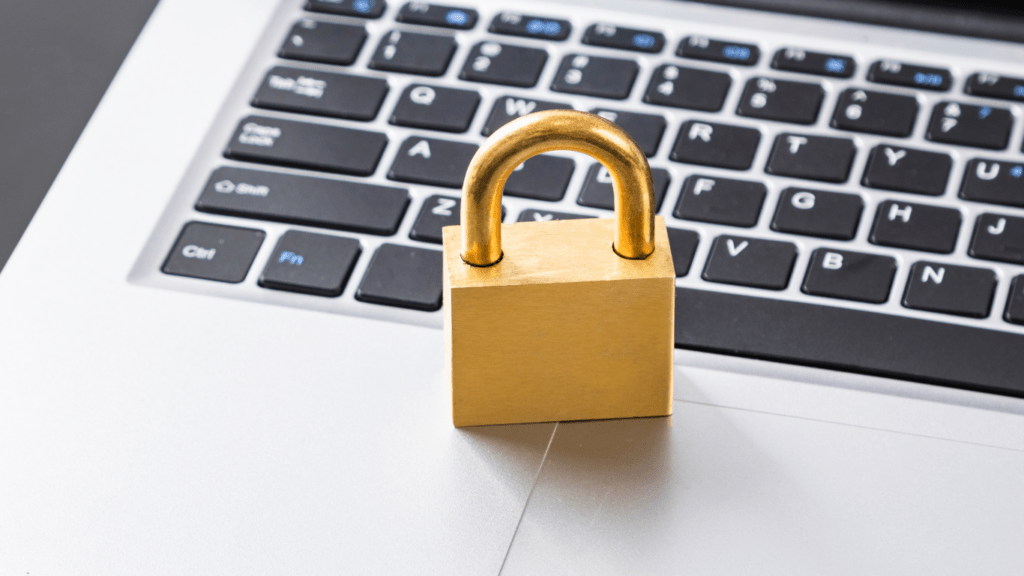Understanding Phishing Attacks in Cryptocurrency
Phishing attacks pose a significant threat in the cryptocurrency space. These attacks aim to steal private keys and sensitive information.
What Are Phishing Attacks?
Phishing attacks involve cybercriminals tricking individuals into revealing confidential information. Criminals often impersonate legitimate entities, such as exchanges or wallet providers, through emails, messages, or fake websites.
In cryptocurrency, these scams focus on private keys and login credentials.
- Email Scams: Fake emails appear to come from trusted exchanges. These messages ask users to verify their accounts or click on malicious links.
- Fake Websites: Cybercriminals create sites mimicking popular cryptocurrency platforms. Users unknowingly enter sensitive information, granting access to real accounts.
- Social Engineering: Attackers exploit human behavior, pretending to offer support or assistance. They manipulate victims into divulging keys or passwords.
- Malware: Phishers distribute malware disguised as legitimate software. Once installed, it captures private data and sends it to attackers.
Why Crypto Investments Are a Target for Phishing
Cryptocurrency’s unique properties make it a prime target for phishing attacks. Understanding these qualities helps anticipate and mitigate risks.
High Value and Anonymity of Cryptocurrency
Criminals target cryptocurrency because of its high value and inherent anonymity. Bitcoin and Ethereum, examples of popular digital currencies, often see significant value fluctuations, drawing attention from cybercriminals.
Unlike traditional funds, transactions are hard to trace, providing an attractive target. Criminals capitalize on this anonymity to execute attacks without revealing their identity.
Increasing Popularity of Digital Assets
The growing adoption of digital assets contributes to the prevalence of phishing attacks. More users participate in crypto transactions, increasing the potential pool of victims.
As seen with platforms like:
- Coinbase
- Binance
more resources get devoted to cyber defenses, but attackers simultaneously adapt, making vigilance critical.
This popularity surge highlights the pressing need for robust protective measures to guard against phishing threats.
Protecting Your Crypto Investments

Phishing attacks pose a significant risk to digital assets. Understanding and implementing protective measures is essential for crypto investors.
Recognizing Suspicious Emails and Messages
Phishing emails and messages often mimic legitimate sources. Identifying them requires vigilance. Look for spelling errors, unfamiliar senders, and urgent requests for personal information.
Verify URLs by hovering over links without clicking. Fake websites might slightly alter domain names; always confirm the authenticity of links before logging in or providing information.
Secure Your Digital Wallets
Digital wallets hold your crypto assets. Use wallet providers with a strong reputation and verified security measures. Avoid sharing your private keys and backup your wallet data securely. Use hardware wallets, which store keys offline, to offer an additional layer of security against online attacks.
Using Multi-Factor Authentication
Multi-factor authentication (MFA) adds a critical security layer. Enable MFA on your accounts to require multiple verification methods.
This process often combines something you know (password) with something you own (mobile device) or something you are (biometric data). Even if a hacker acquires your password, accessing your account without the second factor becomes significantly harder.
Best Practices for Crypto Security
Effectively protecting your crypto investments starts with robust security measures. Let’s explore crucial steps to safeguard digital assets from phishing attacks.
Regularly Update Your Security Practices
Staying updated on security protocols is vital. I update passwords periodically, ensuring they include letters, numbers, and special characters. Two-factor authentication (2FA) adds an extra layer of security.
Use hardware wallets for storing large amounts of crypto. Regularly check for software updates on wallets and trading platforms to mitigate vulnerabilities.
Educate Yourself on New Phishing Techniques
Knowledge of emerging phishing techniques is essential. I always research the latest phishing scams targeting crypto investors. Scammers impersonate reputable platforms in emails or fake websites.
Before clicking any links or downloading files, verify the sender’s authenticity. Follow trusted crypto news sources and subscribe to security newsletters to stay informed.






